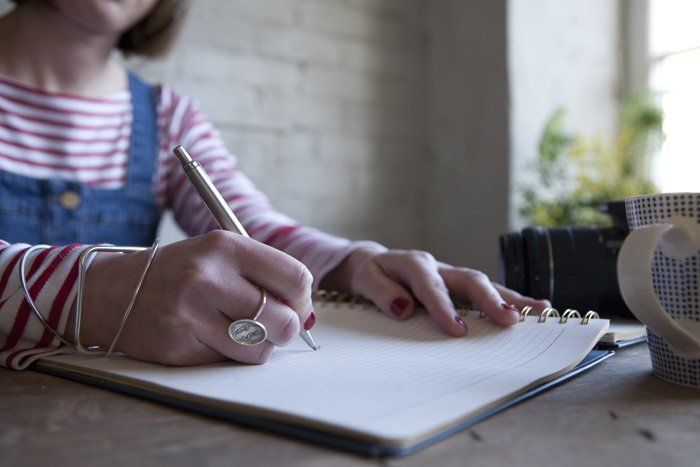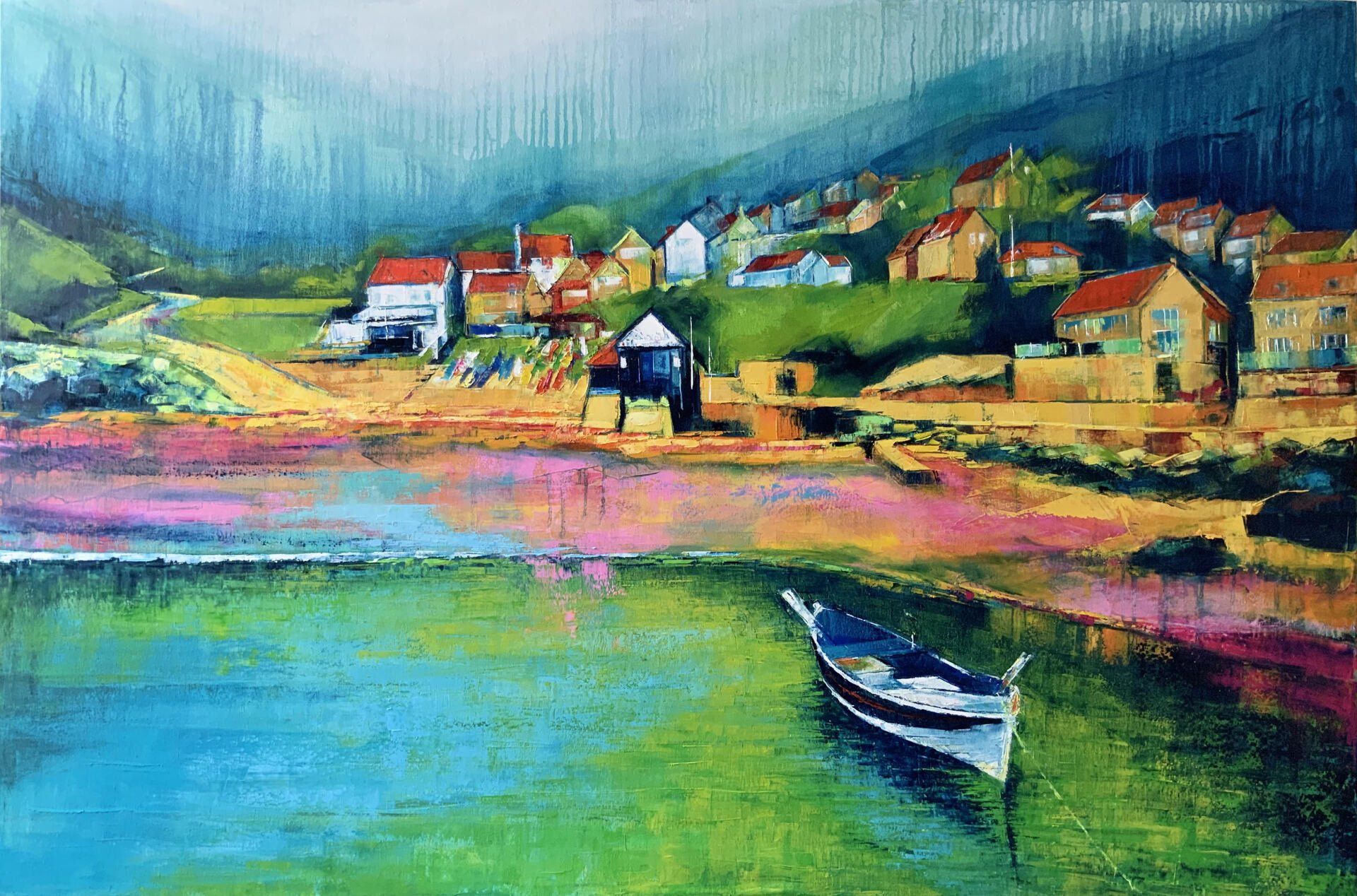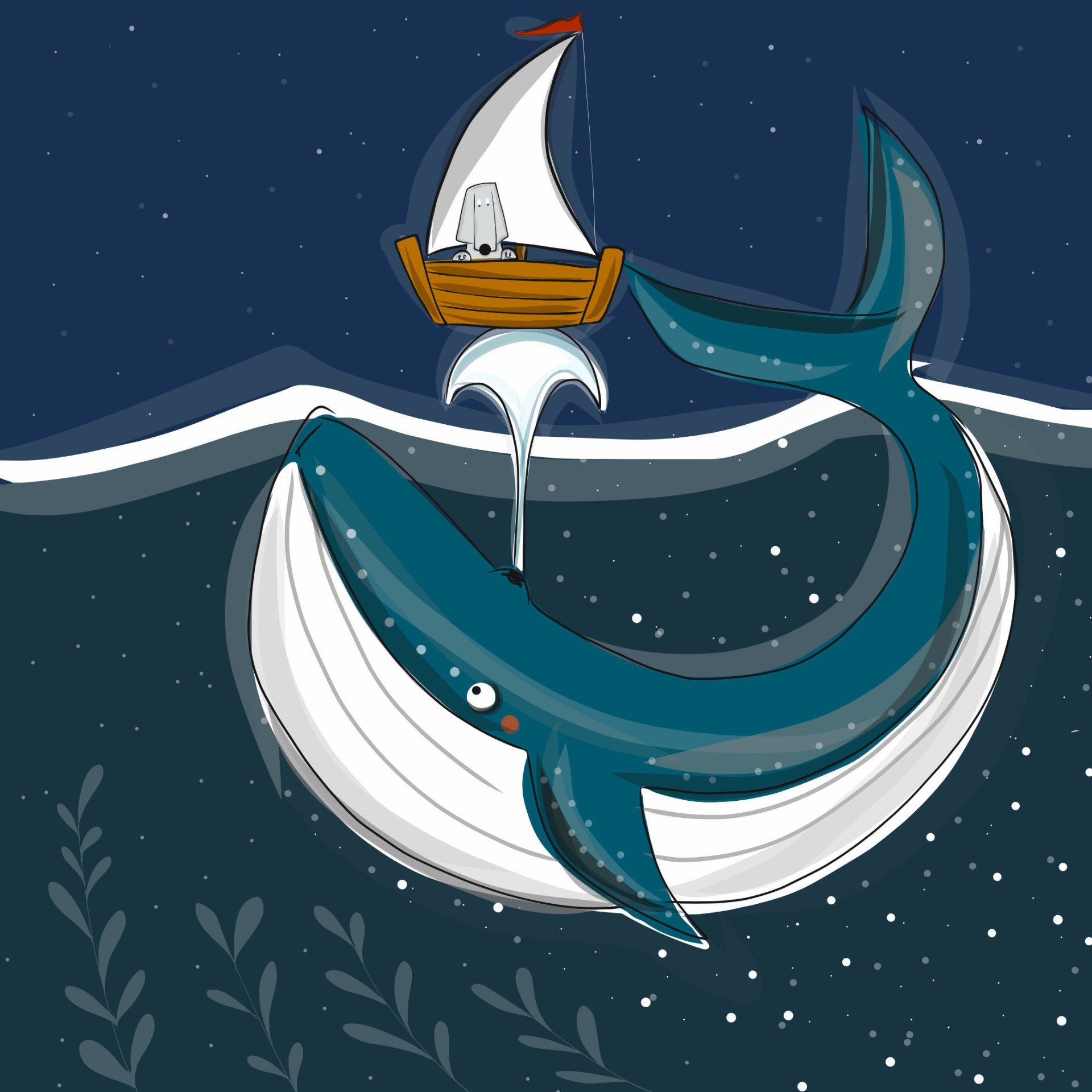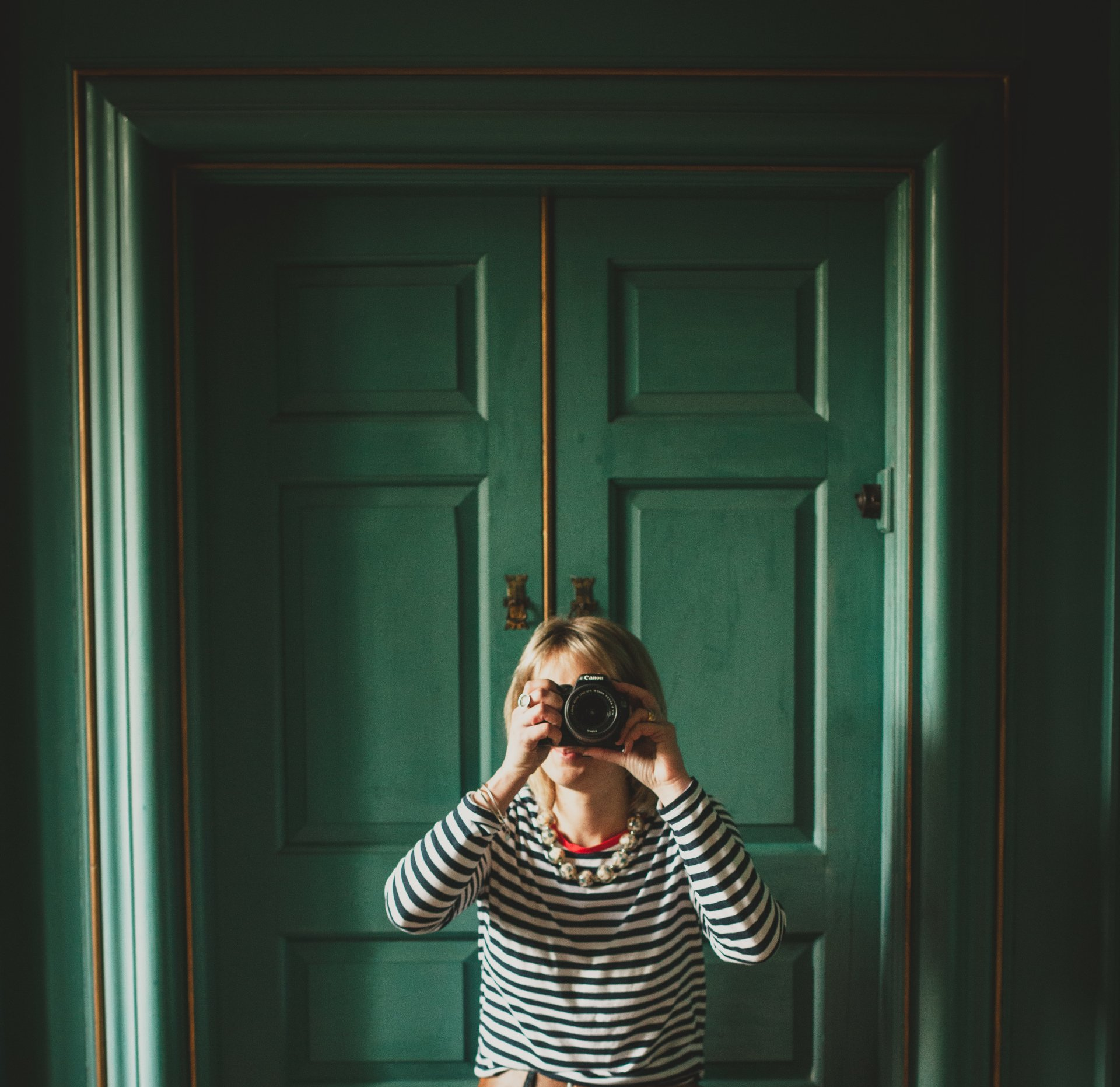Reasons to work with a freelancer
Why having a bank of decent freelancers on your books is a good thing to do...

Changing Times...
Pre Coronacoaster there were approximately
two million freelancers
in the UK - can we just appreciate that number?!
1.77 million say freelancing is their main job and a further 241,000 have freelance work as part of their second job.
Enlisting a freelancer can be daunting. Can you trust them to actually work? how much will they cost?
If you do your research they can be invaluable to both your business and your finances.
As a freelancer myself I've been thinking about this a lot and here's a few reasons in my opinion why I, and you, should support and collaborate with more self employed/freelance people - no matter if you're based in a large or small business.
For my own work I've needed to call on other freelancers in the past such as web and graphic designers, copywriters (because sometimes it's just too hard to try and write about yourself!) but in addition collaborated as part of wider projects with photographers, stylists, branding folk, PR people - experts
in their field.
The biggest thing that motivates me and it strikes me that this is the baseline across the board for freelancers, is simple...
"I want to do a blummin great job"
If I don't do a great job my reputation is on the line.
That is, in my mind one of the biggest assets (as well as their expertise) you will find in a freelancer. Freelancers live off their reputation. Motivated to do an excellent job and deliver results, often under pressure and to tight deadlines. Not because they’re superhuman, but because that’s how they (we) earn their (our) bread and butter. Plus in general people that start their own business and become freelancers are highly self-motivated anyway.
What else?
You pay for actual
work - there might be a small element of faffing around putting the washing on, making coffee, but on the whole compared to a full-time employee, a freelancer saves you money on overheads, office space, equipment, training, sick & holiday pay and NI contributions. A freelancer will have a greater incentive to finish the work and be productive - according to research, the average employee in an office setting is only productive for less than
3
hours a day.
Expertise
If you research and find the right freelancer for the project or job at hand, their expertise will be highly specialised in that area.
In your employees it's unlikely you will find a whole team that will have all the expertise you need nailed all the time. You might have someone that's a photographer in their spare time so can take a few good snaps now and again - but would their pics stand up for an editorial piece in a glossy mag? Probably not. (they are v. specific about how it should look!) You would need to invite a professional in.
Freelancers specialise in an area - they've worked for various clients and collected a wide range of knowledge in their area. You might not need their expertise on a daily basis, but if you have a bank of trusted freelancers you can call upon when needed - invite them in, then their contract ends when the project ends.
Instant
If they've worked with you before (and want to again) freelancers hit the ground running.
You give them a brief, agree the work and they don't need training - they got you! Ambitious employed professionals will move from one role to another, which for HR can be a nightmare - you spend 6 weeks invested in training someone, they stay for 3 months then move on to something else because they feel they've learnt enough. Waste.of.time. Freelancers are already experts.
Location, Location, Location
Looking for employees in your geographical location can often by limiting, recruiting for permanent positions can take months - especially if you work with trustees and executive boards that all need to be involved. The process for freelancers can sometimes be lengthy but mostly it can be done in days or weeks - if they are someone you use regularly it can be a matter of hours -particularly if it involves crisis management. Geographically the world is literally your oyster - you can work with anyone from anywhere in the world (depending on the nature of the work!)
Flexibility
Workloads fluctuate - they just do in any business. At any point in the year, staff members busy or not get the same pay. Working with freelancers gives you more leeway. You take them on when you need them, for project work, and extra support at capacity times. On the flip side as quickly as you take them on, if they don't live up to expectations you can sack them off (depending on the contract) pretty much immediately. Even if you pay a high fee for a freelancer the return on your investment will always be better.
I
absolutely have freelancers I call upon and am always looking for collaborations, because if they're anything like me they'll want to do a damn good job and I trust them, they are the experts in their field and when we collaborate together we achieve pretty amazing things.
So that's why I think you should too!

I was first introduced to Kate's work at Kunsthuis contemporary gallery in North Yorkshire, forming part of the exhibition "our eARTh" which explored responses from artists to the environment and climate change issues. I totally fell in love with her bold colours. Living by the coast has very much influenced Kate's artistic style, being drawn in by the rugged landscapes, extreme weather conditions and the Heritage of a working boat community. I chatted with Kate about her work and how it's progressed in the last couple of years. First up how did she get here? I was always obsessed with drawing and making as a child so I guess it was inevitable that I would follow an artistic route. I trained initially at university as a fine art sculptor and after gaining my degree I went on to study a PGCE in art education. After spending many years teaching art to A-level, I moved to Whitby with my husband and worked for the education department at the North York Moors National Park as an education leader. Having taken time out to have a family I continued to teach with adult Art classes, until in 2016 I decided to pick up a paintbrush for the first time in over 20yrs. Having never previously been a painter and always enjoyed three-dimensional form it took a while to get the hang of canvas and oil paint but at this point I was determined to at least give it a go. Better late than never. I asked Kate about her use of colour as it's one of the things I totally fell for in her work - Kate your paintings are super vibrant and evocative – is there a reason you choose to paint in such vibrant colours? When I first began painting with oils I was using a traditional palette. However I wanted to develop a more contemporary style and my love of colour was probably the first step in my experimentation. The colours that I use in my paintings are only really an exaggeration of the colours that I already see. And I use a lot of photography taken very early in the morning when the light source is at its brightest and the colours are at their most extreme. From then on I began to also develop an impasto style of paint application, using a palette knife and sculpting the paint onto the canvas. I guess that this was my homage to my sculpture training. At Kunsthuis and in your earlier work you featured more marine life (lobsters etc), have you made a conscious decision to move away from this to concentrate more on boats and local scenery – or do you think you’ll revisit the marine life again? Yes, initially I did begin with a lot of marine life in my paintings, concentrating specifically on lobsters, as my families love and participation of all things nautical was a big part of our life. However after a while I did make a conscious decision to concentrate on just one style. So I put all efforts into improving and developing what I felt was my stronger work, which was my boat and seascape paintings. One cohesive style is also far easier to share with galleries. With such a rugged landscape to work on do you work outdoors or work mostly from a home studio? How do you stay motivated and what do you find the most difficult in working from home? Currently my studio is situated in my home and I do find it very difficult to stay motivated at times. Right now it’s harder than ever to not be sidetracked by my two teenage children who have been at home from uni for the last few months. But what I do feel is important is to treat my studio time as if I was going out to any other job. When I’m painting, I'M PAINTING! Plus when I get into my painting zone I find that a whole day goes by in a flash. What about the process of how you design and make your paintings - do you plan what to make or just go with the moment? So, my paintings process begins with a photograph. I’ve been very fortunate to have a friend that takes beautiful, atmospheric photographs on his early morning walks and he allows me to use them as a reference for my pieces. When a particular scene appeals to me I run with it, so I suppose I do just go with the flow. You mention you used to tutor with adult groups – is this something you still do or would consider doing again? Teaching with adult groups is very rewarding and I’d like to think I’ll have the time to return to it one day. But right now I’m happy to concentrate on my painting career. What’s next on the agenda for you – what are your plans? where can we see you? I was recently working on a body of work for an exhibition for Art For Youth North which is an annual exhibition of contemporary Northern artists set in Thirsk. I have work on display in Silver Street Gallery, Whitby and have plans to send pieces to a couple of Galleries outside of the North. Do you have any specific artists that you really champion and would suggest any rising artists? There are a number of artists, both painters and sculptors who’s work inspire me. I love the work of Peter Wileman, his use of colour and his energetic mark making. His paintings really capture a sense of place. But I also admire the work of many of my local contemporaries such as, Ian Burke, Ian Burdall, Sue Nichols, Tori Tipton, Emerson Mayes and Richard Gray. Also sculptors and ceramicists like, KV blacksmith, Kit Hemsley, Hilary Holmes, Anna and the willow, Emmeline Butler and Eric and Chris Moss to name but a few. We have such a wonderful and varied array of talented artists here on our own doorstep. and finally do you have any advice to creatives and artists about to embark on starting their own business? My advice to anyone about to embark on an artistic career is firstly don’t make things complicated, make sure you are enjoying what you’re doing. But also take advice from those that have been where you are. Or as I did, apply to a show like art& where they run a Raw Talent Award Scheme offering invaluable support and guidance into exhibiting your work professionally. Theres lots of help and information out there if you’re prepared to look for it. See more of Kate's work or contact her via her website https://www.katesmithart.co.uk/ or follow her on Instagram at @art_katesmith

Sarah's work dominates the Yorkshire Cycle Hub - I first became aware of her work during a visit with my children when they brought back Sprocket colouring sheets to the table. Since then we've crossed paths many times, Sarah has traded at a number of Markets I've managed, ended up on the same photography course and at a creative connection network event. We regularly chat on Insta, so it only seemed right that Sarah and Sprocket were to be featured in an interview! Hi Sarah can you tell us a bit about you and and who Sprocket is? I'm Sarah and I love to draw, and I especially love to draw Sprocket the dog. Technically I'm his P.A and my job is to share his wonderful journeys with you all. I've been sharing my little dog's tales since 2015. I draw using an iPad Pro and with my finger, so it’s very free and flowing. I did my first 100-day project in 2015 and he was a product of that creative process. I have a lovely little studio in East Ayton and Sprocket was inspired by my old sidekick who was a Weimaraner, he was always up for walks and lots of cuddles. He had his own chair in my studio, I used to call him my supervisor. All my drawings are in honour of him. Being creative - is it something you’ve always gravitated towards? I've always been creative, spending a lot of time as a child making and drawing. Heading to uni to do a creative degree felt like the right direction to go in. I did Surface Pattern Design at Huddersfield and it was an intense journey but I learnt a lot about myself and how to be creative, developing ideas and definitely developed a thick skin with feedback from our tutors! I’ve always wanted to be in a creative job, looking back I never thought I would be doing this. I was somewhat clueless back in my early 20’s, I worked hard doing an unrelated 9-5 job and did my art on the side travelling to craft fairs and worked my way to eventually cutting down my day job. I exhibited three years in a row at Country Living Magazine show and Kirsty Allsop’s Handmade Fair in London . During lockdown you worked on a 100-day project on Instagram – did that help you stay creative and focused? Drawing Sprocket every day was a huge pleasure, it kept me focused and having an allocated time to draw each day was something I looked forward to. Just starting on a blank page, making lines that then flow into something I hadn't planned was a real treat. I haven't had that sort of time for my work since uni. Lockdown taught me how much I enjoy drawing and I loved giving myself that time every day to be creative. I'm so chuffed that people like the work I did and supported me by buying my work, it's always really heartwarming. I try not be mushy about it but my orders increased threefold over lockdown and everyday I'd just stand in my studio and beam with absolute joy . I spy you’ve been working in ceramic recently, is this a new medium for you to work with and is it something you'll be including in your shop for future (I hope so!) are there any other mediums you’d like to try out? I decided back in lockdown that I wanted to do something out of my comfort zone when we could all do stuff again. I love ceramics, and doing something so hands-on made me go back to basics so I messaged a friend who has a studio and I asked for lessons. Throwing pots is just brilliant, I love being so involved in the process and the need for me to concentrate and to switch off is just what I need. I'm so pleased with how they are looking and they seem to replicate my drawing style. I'm working on some Sprocket figures but hats off to artists that throw pots, it's a real art in its self.... . . and yes I’d love to be able to sell them in my shop so possibly! Where do you get your inspiration from? your images are so creative and brilliant, especially when you introduce new characters with Sprocket? That is a question!! I think I have an overactive brain, I do wonder where the ideas come from myself. I seem to go through stages of people requesting images, I do get complete artist block but then I have things that happen and they just inspire that drawing. I just like to try and tell a tale with each image. Does it take you long to design the images? do you plan what to feature or just go with the moment? I draw with my finger on my iPad pro, I call it freehand digital drawing. I try to set myself a bit of a limit of an hour and a half, some are quicker and some take forever but I actually am not aware of the time whilst I'm drawing in all honesty. I'm not a great planner but if I've got an idea I'll often write it down on a blank page in my adobe drawing app. Then it can be used at a later date.
